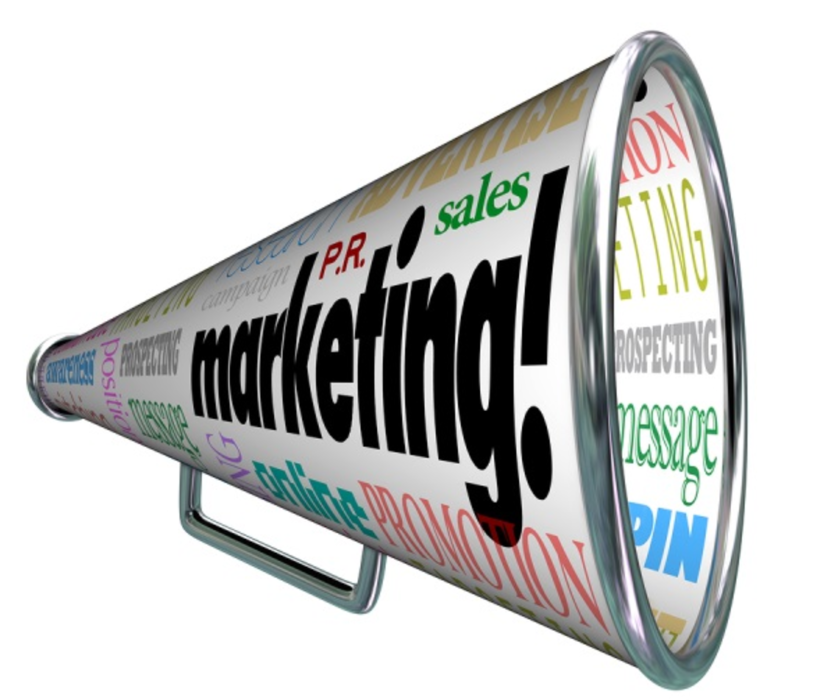As a magazine editor, my ear is always to the ground.
I am forever on the hunt for what’s in and what’s out; what’s hot or what’s not. One of the best—and most fun—parts of this gig is that I get to listen and report on some of the most impactful trends making waves in the field of marketing and beyond.
Every day, I’m chatting with some of the brightest minds in the business. So I often cull golden nuggets from those conversations about current trends and future movements—sometimes before they begin to pick up momentum.
It’s only the second week of January, and already I’m hearing some buzzwords and phrases that, I feel, marketers should have a strong command of. Some of these are continuously relevant from year to year; some are just picking up steam. Over the next few months I’ll be delving deeper into several of these topics, so look out for that.
In the meantime, these are just a few buzzwords already rising to the surface. Feel free to leave a comment about what you’re hearing.
Attention Metrics
Marketers are constantly looking for metrics that matter. However, page views, link clicks, unique visitors, and even social interactions—such as likes and favorites—just aren’t cutting it anymore. These more shallow metrics tend to measure volume rather than consumption of content. This year focus on attention metrics or measurements that track the total time audience members spend with content and their level of engagement. For example, measure the percentage of people who play videos in their entirety. In the words of Chartbeat CEO Tony Hail, “It’s no longer just your clicks [that marketers] want; it’s your time and attention.”
Dark Social
Tracking Web traffic through search engines or a social network, like Facebook or Twitter, is pretty straightforward. Through methods like cookies, marketers often can tell from where their Web traffic is coming.
But there is one major blind spot: under-the-radar social sharing, i.e. dark social.
Dark social, a term coined by The Atlantic in 2012, is traffic and information that’s hard to measure because it’s information that’s on chat, messaging apps, and in email; it’s outside that basic core of the social network ecosystem. The Atlantic reports that most social referrals are done via dark social (69%) and is downright difficult to measure.
Viewability
Marketers no doubt want ad views, but what actually constitutes as a view is up for debate.
In fact, marketers worldwide are investing a gargantuan amount of resources—to the tune of nearly $138 billion last year—just to make sure every ad and video served to an audience has the maximum number of viewable impressions. That investment, according to analysts for eMarketer, will rise to more than $656 billion in digital ad spend by 2018.
But what exactly is viewability?
The Interactive Advertising Bureau (IAB) has set a standard for viewability; for viewable video impressions, IAB identifies an ad that is at least 50% in view for at least two continuous seconds. For display impressions, it’s a minimum of 50% of pixels in view for a minimum of one second. IAB says viewability—the metric that’s used to determine whether an ad was seen—is designed to let marketers and advertisers pay only for media that users could possibly and truly see.
Conscious Capitalism
Today, conscious capitalism—also referred to as social marketing and purpose marketing —is a method that brand marketers use to woo potential customers by convincing them that the company is indeed socially responsible and in tune with community needs. Although already a tried-and-true method, a growing number of analysts are calling it the “marketing of the future,” as study after study shows that millennials—the future of most every customer base—are interested in these do-good philosophies. They want to make a difference, so begin to appeal to them now with higher-purpose messaging.
Internet of Things
Researchers say a vast network of data-collecting devices—i.e., the Internet of Things—will enable marketing in the future. This projected rise of embedded and wearable sensors will revolutionize marketing in homes, communities, goods and services, the environment, and even our bodies. Brands should step in and provide services that we wouldn’t think of them providing today.
Big Data
This is a perennial—and oft-overused—term in marketing. But marketers should work to get a clear understanding of Big Data. Big Data is a large or diverse set of information that’s too massive to use in its current state.
Marketers must learn how to leverage Big Data.
The idea of Big Data carries great promise. If leveraged effectively, Big Data can be a major problem solver. It can improve customer experience, boost customer interaction, increase revenue, reduce costs, and identify breakdowns in infrastructure and the sales funnel.








